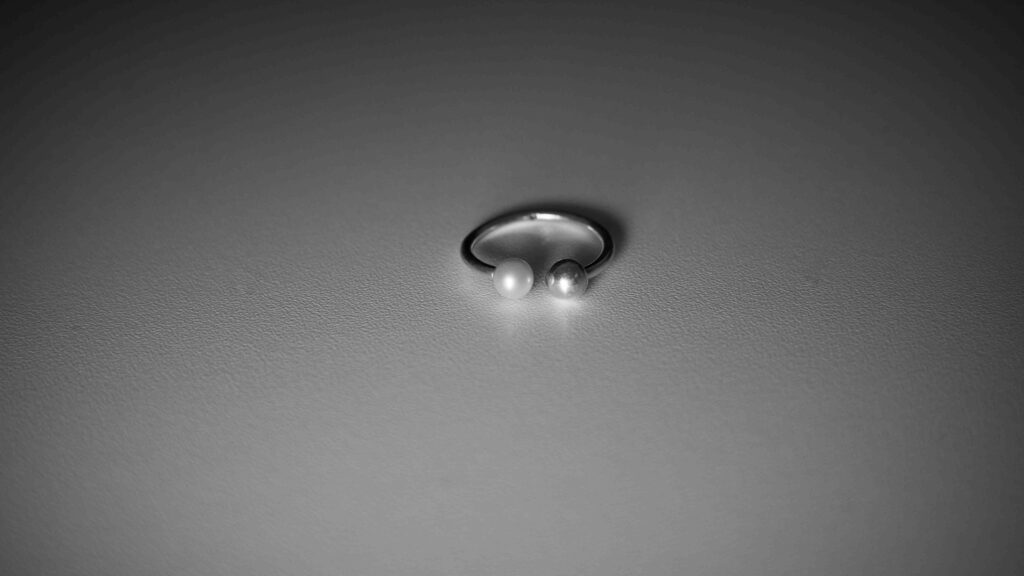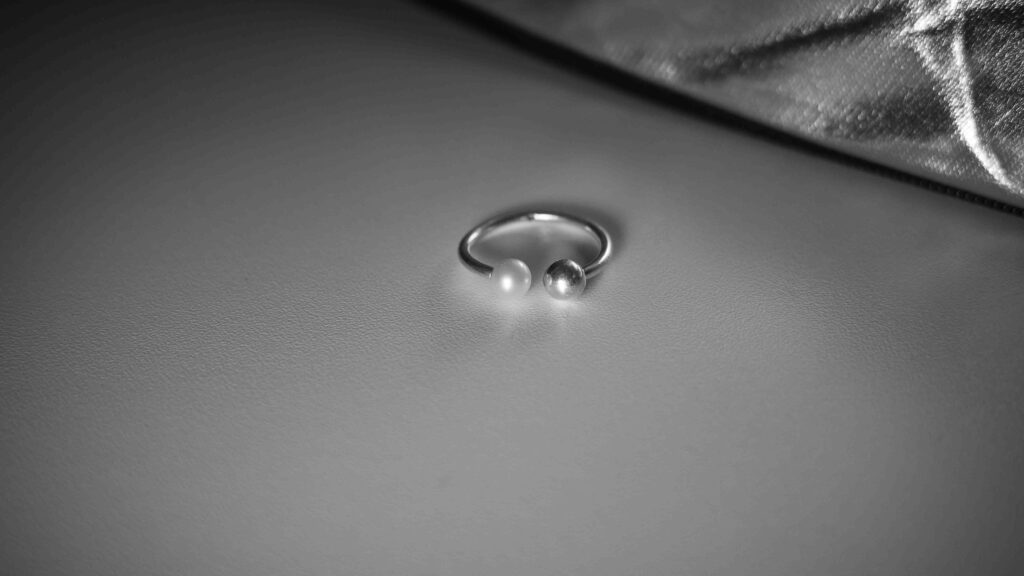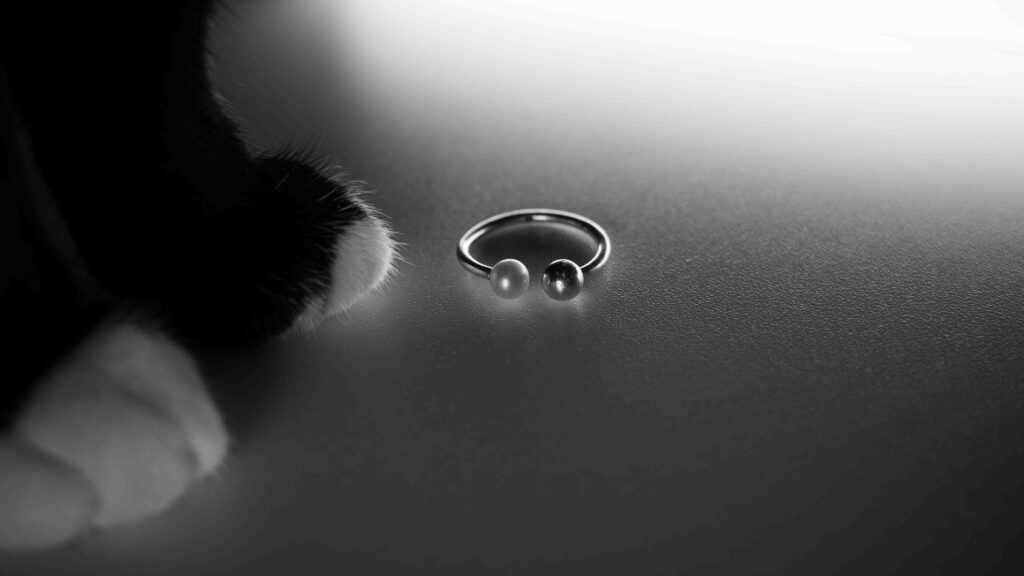The main character and….
Remember Tom Hanks’ performance as Forest Gump? Outstanding! Remember the supporting actors? Robin Wright as his girlfriend and later his wife? Gary Sinise as his commander and later his friend and best man? Although Tom Hanks clearly steals all the light, the supporting actors are just as important to make a great movie.
Light is a bit the same way. The main light or the key light is of course the starring role. But the fill light is also important to make the leading character shine.
Message from the dark side
Where the light is the brightest, the shadows are the darkest. Wise words that I think are intended to give us hope in troubled times, and not fly too close to the sun either. But it is also very true in photography. When you have lots of light hitting your subject from a specific angle, it will – unless the light source is extremely big like the clouds on an overcast day – give shadows in the opposite direction from where the light originates.
Every time a scene is lit with directional light you will be met with this simple fact: bright areas and dark areas go hand in hand like horse and carriage. This is where fill light comes to the rescue: it is simply light sent from the opposite direction of the main light.

Mood
When you have a high contrast image with bright brights and dark darks, your viewer may find the image to be a bit unsettling. The fill light can fix this: it reduces the dynamic range so the histogram of the image is more centered than without the fill light. Many focus on the fill lights role to reduce or eliminate shadows, but it actually has a major impact on the expression the image gives – it has a more positive or uplifting vibe. And especially when it comes to portrait photography, this is a key feature.
How to?
The simplest remedy for creating fill light is to place a reflector or just a white plate in the opposite direction of the key light. In the example below you will notice how the shadow top right of the ring has been significantly reduced due to the reflector introduced. Notice that the key light can be daylight coming through a window.

The challenge with fill light is to find the balance between the fill light and the key light – if the fill light is too strong, it will introduce a new set of shadows which is certainly desirable. To balancing the key and fill light is – well, key!

If you fill light can be controlled precisely by you, either the strength of a flash or steady light, I find this to be the easiest way to find a good balance between key and fill light. With a reflector or reflecting surface, you may need to experiment with the distance to the subject to find the right balance.
Related reading
What is hard light vs soft light?
